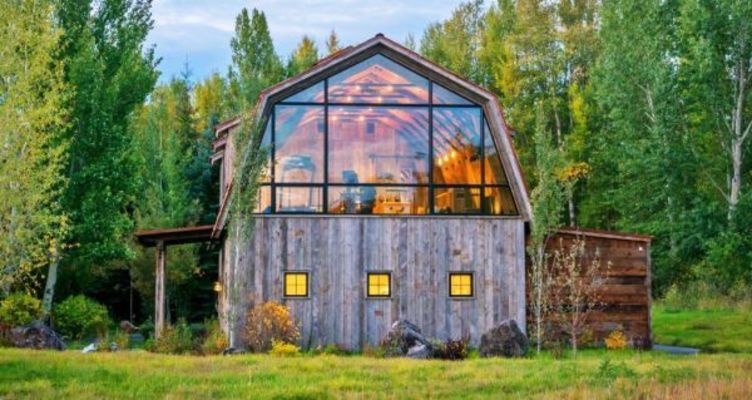Outdoor Shed Assembling Plans 20x6 : Unearth Methods For Constructing A Shed

A utility outbuilding with a gambrel style roof offers most storage space in the attic. A transom window is a window that sits above a door. The frame on the windows is usually cut out with a router before they are lifted into place. On top of the trusses roof is strengthened up with OSB. You should use not only a top coat of paint but also a primer. Calculate amount of each material you will need, price them, and purchase them. The second story floor joists are supported by a ribbon board set into the studs. Elevate the rafters and attach them to headers.
Install (https://www.shedplansz.com/10x12-lean-to-storage-shed-plans) blocks before finished fascia and nail through subfascia and into ends of the cross blocks. Square across stock and mark both edges. You can use the speed square to draw a line perpendicular to the board edge with it. Temperature and humidity also influence when it is best to paint interior of your backyard shed as they affect drying time and how well the paint would stick. Nail on three layers of fascia boards flush with the roof sheathing. Follow the information shown in diagram. The circular saw is the ideal way to make square cuts. Smooth the craft surface with a belt sander.
During construction, an in depth working diagram as well as the step by step instruction would be to your advantage. When laying out a backyard shed floor, the piers are spaced according to size of lumber. Drive nails snug with a smooth-face hammer so you won’t (read what he said) mar the siding. Use a circular saw to set depth of lumber you want to remove and make cuts every quarter inch then finish craft with a chisel. Position square with both 8 inch on outside edge of the tongue and 12 inch on blade on upper edge of board You will craft framework for your three remaining walls much like how you did the first wall.
Processing video...
Use bottom edges of these boards to mark the level line cut. Plywood is a timber panel made by pressing together this sheets of timber veneer. You will need wooden or plywood brackets to hold these trusses together. Cap top roof slats with a piece of L-shaped galvanized flashing running the length of the ridge. Most homes that install a wooden storage building can expect to use it for decades and keep all of their bikes and garden items safe. If you plan to use rollers then ensure that you have a brush to help even out the edges. In some locations, building style or materials may be regulated.
A utility outbuilding employing a wood-post foundation can be frost-protected by using concrete padding around posts. Clean the ramp and rubber mats on a regular basis to remove any dirt, algae or moss. Shed plans vary on the issue of providing a foundation, or footing, for structure. Use collar ties and fascia for the roof before the sheathing process could begin. The four end rafters, two at the front and two at the rear, then slope down from roof beam just over edge of the corners, creating the angle of the roof. The garden tool patio shed solves the problem of long-handled tool storage and also provides a separate storage area attached to a garage.
Beams are placed to run horizontally at an angle with the rafters. Pitch could vary a great deal, from a shallow slope up to a very steep pitch. Some diagrams call for the storage shed to be built solely on wooden skids rather than on a foundation. Drive the nail in until it protrudes slightly from rafter. Connect framing for site-built trusses with plywood gussets glued and screwed to the joints. Trim the tabs off enough shingles to do the first row twice. The bottom plate is doubled so the siding could be raised one inch off concrete. Apply at least two coats, especially if you choose a light shade.
Use a spade shovel and a posthole digger to get to the proper footing depth. Tack fascia into place and use clamps to hold the bottom sheet of sheathing in place after aligning it. Traditional headers are created by nailing plywood spacers between header planks to create same thickness as width of studs.